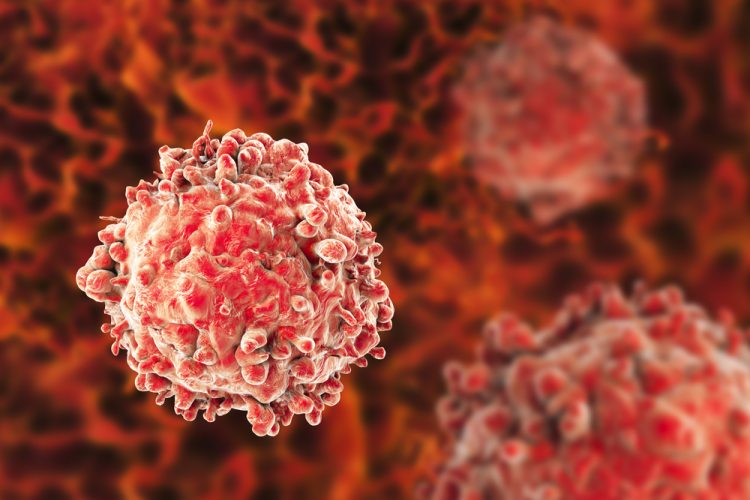Researchers identify novel genomic marker of childhood leukaemia
Posted: 23 August 2021 | Anna Begley (Drug Target Review) | No comments yet
A team have found that two DNA changes appear to predict acute lymphoblastic leukaemia, illuminating genetic understanding of the disease.


A new study from the Huntsman Cancer Institute, US, has reported how two separate DNA changes appear to predict B-cell acute lymphoblastic leukaemia (ALL), the most common form of cancer in children, when they occur in combination. The team hope that this research will yield new insights into treatments for childhood leukaemias.
The researchers evaluated the tumour DNA of more than 1,300 childhood cancer patients who were diagnosed with B-cell ALL. “We found a barely noticeable area of DNA, known as 22q11.22, to be missing in about 30 to 40 percent of paediatric B-cell ALL patients,” said co-senior author Joshua Schiffman. “We began to wonder if something so small was missing so often, could this missing piece of DNA impact survival?”
The team then turned their attention to the gene IKZF1. “IKZF1 changes have puzzled doctors for some time,” explained researcher Luke Maese. “We have known for over a decade that IKZF1 changes predict a very poor outcome in some, but not all, patients.”
The study team began to investigate if this missing part of 22q11.22 could work together with IKZF1 changes to more reliably predict outcomes. “We found that patients with both the 22q11.22 deletion and the IKZF1 changes, collectively known as a ‘double deletion’, had some of the worst outcomes in childhood leukaemia,” said Schiffman. The team also discovered that patients who already had an IKZF1 alteration had almost twice the risk of relapse if they also had a deletion in the 22q11.22 region.
The researchers used genomic analysis techniques to evaluate both inherited and environmental changes in the tumours of children with B-cell ALL. They evaluated genomic information of childhood cancer patients across multiple states and countries, including cohorts of childhood leukaemia patients who had Down syndrome and thus carry a higher risk of leukaemia.
“We gathered data from many different clinical trials to make sure this finding was real and reproducible,” commented co-lead author David Spencer Magnum. “Our findings are significant because we found that the likelihood of relapse and death was consistent across multiple different cohorts of children with ALL, including children with Down syndrome.”
The research team hopes this finding can yield new insights into treatments for childhood leukaemia. For example, the frequency of the 22q11.22 focal deletion indicates it may be important for leukaemia development and the combined association with worse outcomes means it could be a useful clinical prognostic marker in the future.
“Kids with double deleted leukaemia may need more treatment or bone marrow transplants right away, whereas kids without double deletion may require less toxic chemotherapy to still achieve excellent outcomes. All of this needs to be further explored,” concluded Schiffman.
The study was published in JAMA Oncology.
Related topics
DNA, Gene Testing, Genetic Analysis, Genomics, In Vivo, Molecular Biology, Molecular Targets, Oncology, Personalised Medicine, Precision Medicine, Target Molecule
Related conditions
acute lymphoblastic leukaemia (ALL)
Related organisations
Huntsman Cancer Institute (HCI)
Related people
David Spencer Magnum, Joshua Schiffman, Luke Maese







